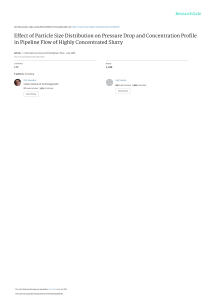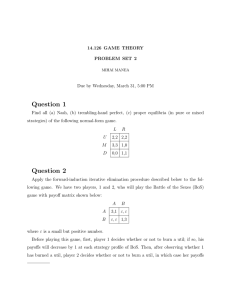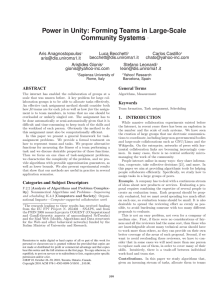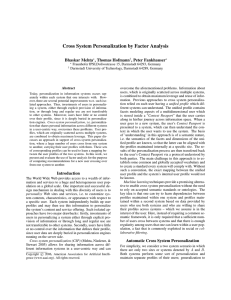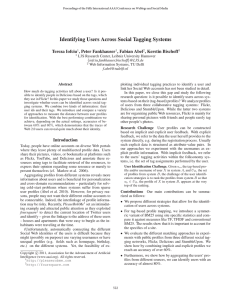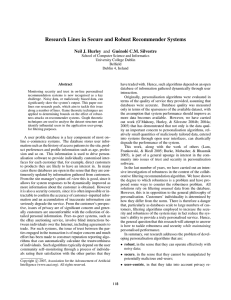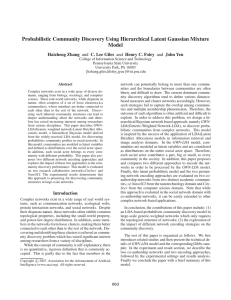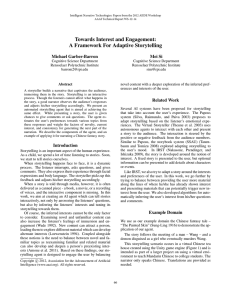Document 13570444
advertisement
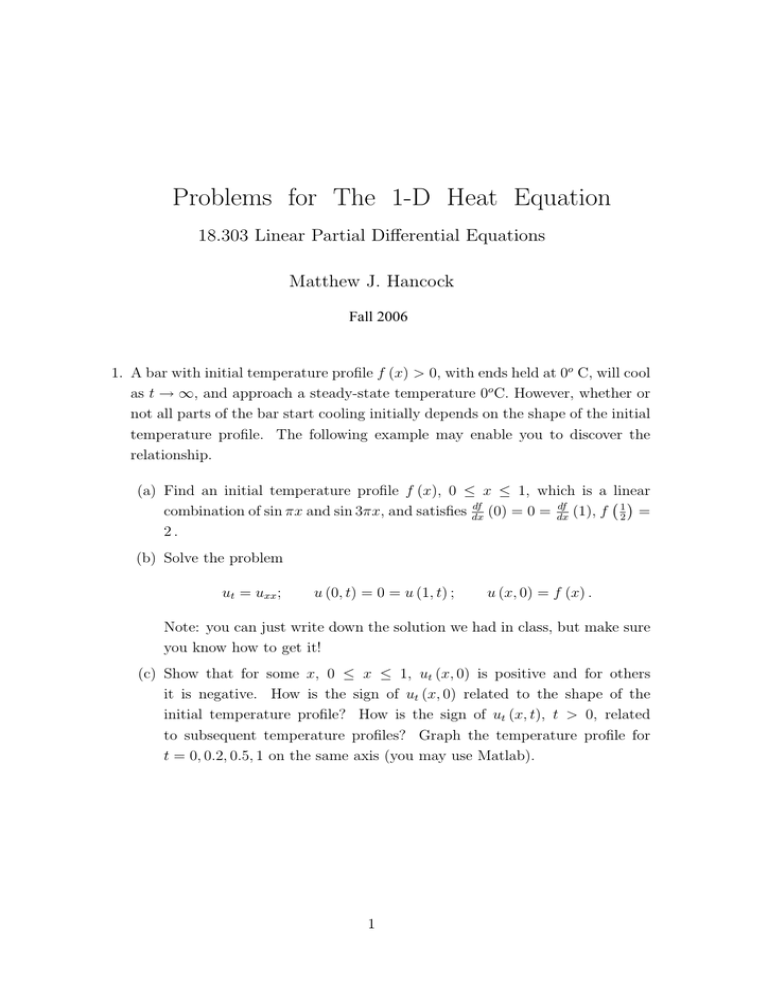
Problems for The 1-D Heat Equation
18.303 Linear Partial Differential Equations
Matthew J. Hancock
Fall 2006
1. A bar with initial temperature profile f (x) > 0, with ends held at 0o C, will cool
as t → ∞, and approach a steady-state temperature 0o C. However, whether or
not all parts of the bar start cooling initially depends on the shape of the initial
temperature profile. The following example may enable you to discover the
relationship.
(a) Find an initial temperature profile f (x), 0 ≤ x ≤ 1, which is a linear
df
df
combination of sin πx and sin 3πx, and satisfies dx
(0) = 0 = dx
(1), f 12 =
2.
(b) Solve the problem
ut = uxx ;
u (0, t) = 0 = u (1, t) ;
u (x, 0) = f (x) .
Note: you can just write down the solution we had in class, but make sure
you know how to get it!
(c) Show that for some x, 0 ≤ x ≤ 1, ut (x, 0) is positive and for others
it is negative. How is the sign of ut (x, 0) related to the shape of the
initial temperature profile? How is the sign of ut (x, t), t > 0, related
to subsequent temperature profiles? Graph the temperature profile for
t = 0, 0.2, 0.5, 1 on the same axis (you may use Matlab).
1
2. Initial temperature pulse. Solve the inhomogeneous heat problem with mixed
boundary conditions:
∂u
∂ 2u
=
;
∂t
∂x2
u (0, t) = 0 = u (1, t) ;
u (x, 0) = Pw (x)
where t > 0, 0 ≤ x ≤ 1, and
Pw (x) =
0
u0
w
0
if 0 < x < 21 − w2
if 21 − w2 < x < 12 +
if 12 + w2 < x < 1
w
2
(1)
Note: we derived the form of the solution in class. You may simply use this
and replace Pw (x) with f (x).
(a) Show that the temperature at the midpoint of the rod when t = 1/π 2
(dimensionless) is approximated by
1 1
2u0 sin (πw/2)
≈
,
u
2 π2
e
πw/2
Can you distinguish between a pulse with width w = 1/1000 from one with
w = 1/2000, say, by measuring u 21 , π12 ?
(b) Illustrate the solution qualitatively by sketching (i) some typical temperature profiles in the u − t plane (i.e. x = constant) and in the u − x plane
(i.e. t = constant), and (ii) some typical level curves u (x, t) = constant in
the x − t plane. At what points of the set D = {(x, t) : 0 ≤ x ≤ 1, t ≥ 0}
is u (x, t) discontinuous?
3. Consider the homogeneous heat problem with type II BCs:
∂ 2u
∂u
=
;
∂t
∂x2
∂u
∂u
(0, t) = 0 =
(1, t) ;
∂x
∂x
u (x, 0) = f (x)
where t > 0, 0 ≤ x ≤ 1 and f is a piecewise smooth function on [0, 1].
(a) Find the eigenvalues λn and the eigenfunctions Xn (x) for this problem.
Write the formal solution of the problem (a), and express the constant
coefficients as integrals involving f (x).
(b) Find a series solution in the case that f (x) = u0 , u0 a constant. Find an
approximate solution good for large times. Sketch temperature profiles (u
vs. x) for different times.
2
(c) Evaluate limt→∞ u (x, t) for the solution (a) when f (x) = Pw (x) with
Pw (x) defined in (1). Illustrate the solution qualitatively by sketching
temperature profiles and level curves as in Problem 2(b). It is not necessary
to find the complete formal solution.
4. Consider the homogeneous heat problem with type II BCs:
∂u
∂ 2u
=
;
∂t
∂x2
∂u
(0, t) = 0 = u (1, t) ;
∂x
u (x, 0) = f (x)
where t > 0, 0 ≤ x ≤ 1 and f is a piecewise smooth function on [0, 1].
(a) Find the eigenvalues λn and the eigenfunctions Xn (x) for this problem.
Write the formal solution of the problem (a), and express the constant
coefficients as integrals involving f (x).
(b) Find a series solution in the case that f (x) = u0 , u0 a constant. Find an
approximate solution good for large times. Sketch temperature profiles (u
vs. x) for different times.
(c) Evaluate limt→∞ u (x, t) for the solution (a) when f (x) = Pw (x) with
Pw (x) defined in (1). Illustrate the solution qualitatively by sketching
temperature profiles and level curves as in Problem 2(b). It is not necessary
to find the complete formal solution.
3
